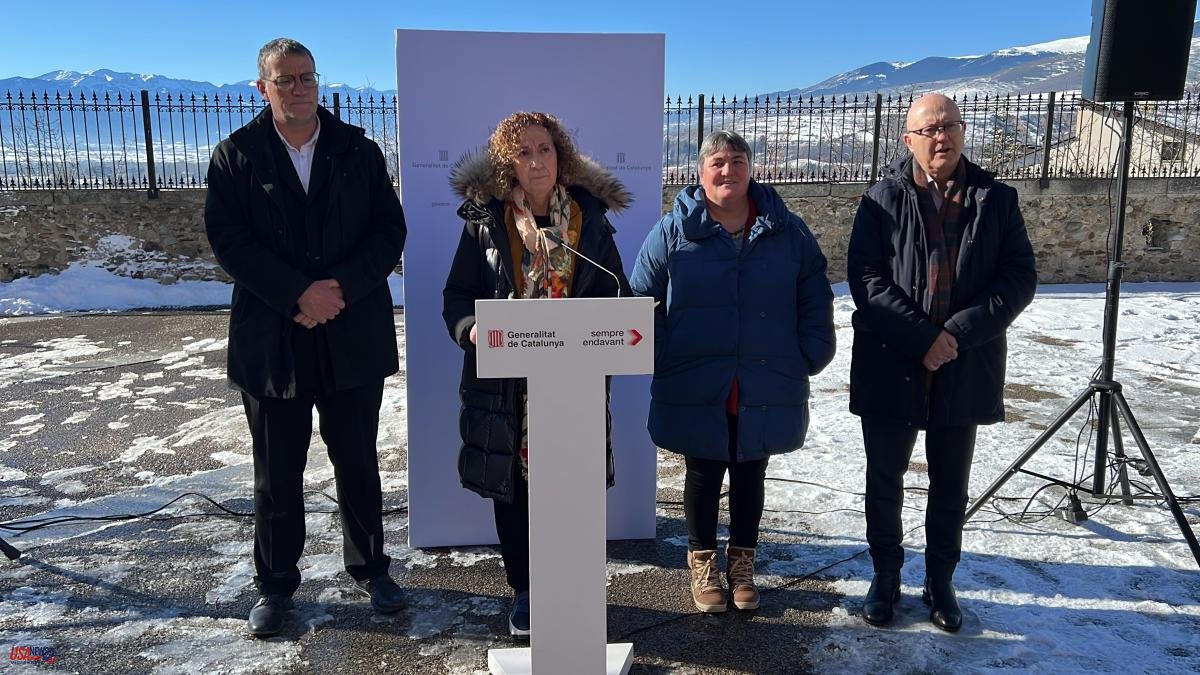The future High Mountain Law, which plans to be submitted to public information in March and could be approved at the end of the year, contemplates a new governance model. The Generalitat wants to reformulate the General Mountain Council and ensure that the territory has the decision-making power.
As explained by the Conselleria de Territori this Friday, the Consell Executiu approved a preliminary report in June 2022, with a public consultation with citizens, and in recent months a dialogue process has been carried out with local entities and social agents. and economic, incorporating improvements in the project.
Once the preliminary draft has been submitted to public information and the contributions received are incorporated, if necessary, it will be approved again by the Executive Council and the parliamentary processing can begin.
The Minister of Territory, Ester Capella, explained the draft law within the framework of the meeting of the governing council of the Institute for the Development and Promotion of the Alt Pirineu and Aran (IDAPA), which she chaired in Puigcerdà.
"We need legal instruments that adapt to the new realities, territorial dynamics and challenges of the future, instruments with a transformative nature, that respond to the needs of citizens and the territory where we intervene," expressed Capella.
Territori considers that the current High Mountain Law, approved in 1983, has become obsolete, largely due to the social, economic and institutional changes of recent decades both in Catalonia and in the rest of the world.
The new regulations will affect the counties of Aran, Alta Ribagorça, Pallars Sobirà, Pallars Jussà, Alt Urgell, Cerdanya, Solsonès, Berguedà and El Ripollès, which together add up to 144 municipalities that occupy 27.8% of the territory, despite concentrating barely 2% of the population.
With the new law, the Government wants to have tools to design territorial development policies appropriate to the specific characteristics of the various territories of the community.
Mountain territories share many characteristics, such as the low demographic weight and the dispersion of inhabited centers, or the orography and climate, which require a greater public effort to provide certain services, something that is added to small town councils with resources. limited.
The new law will propose three lines of action: enabling technical structure in the high mountains; the creation of a strategic action plan; and a new governance, reformulating the General Mountain Council and declaring Aran and the mountain regions as reference territorial entities.













